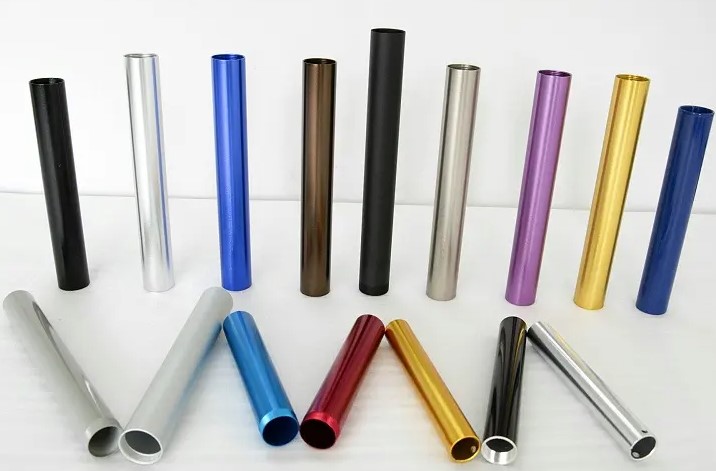Under the corresponding electrolyte and specific process conditions, aluminum and its alloys form an oxide film on the aluminum product (anode) due to the action of the applied current. The purpose is to overcome the defects of surface hardness and wear resistance of aluminum alloy, expand the scope of application and prolong the service life.
What is an anode?
In a chemical battery, the electrode that can oxidize the electrolyte is called the anode.
There are many types of solutions used in anodizing. Currently commonly used are sulfuric acid, oxalic acid, malonic acid, sulfonic acid and so on. The most common of these is the use of sulfuric acid as the oxidative treatment solution. The advantages are that a dense oxide film can be obtained, the porosity of the oxide film is also large, the filler can be better soaked, there are many types and specifications of applicable aluminum materials, the operation technology is not complicated, and the power consumption is low.
Why are aluminum parts anodized?
1. Cover machining track.
After CNC machining, there are usually tool lines on the surface of aluminum parts. If customers want to improve the “look” of aluminum parts, most of them choose to use sandblasting + anode for surface treatment.
2. Improve corrosion resistance.
In fact, aluminum alloy is a corrosion-resistant metal because aluminum is very reactive and is particularly prone to chemical reactions with oxygen in the air to form aluminum oxide. The transparent aluminum oxide film is invisible to the human eye. This thin aluminum oxide film just isolates the air so that the aluminum substrate is not oxidized. The naturally occurring oxide film acts as an anti-oxidant.
3. Improve wear resistance.
Aluminum is particularly prone to scratches and wear, and the hardness of aluminum alloys cannot be compared with steel after all. The surface of the anodized industrial aluminum profile is very hard, and the hardness of the oxide film reaches 300HV. Therefore, it is very wear-resistant and not easy to scratch.
4. Surface coloring of decorative aluminum products.
Before aluminum anodization and sealing, there are many dense pores on the surface, which are easy to absorb metal salts and dyes, and the surface of aluminum products forms colorful colors.
5. Improve insulation.
Aluminum conducts electricity very well, but aluminum requires insulation in some cases. Anodized aluminum oxide film is not conductive.
6. Prime the paint.
Some aluminum surfaces need to be painted. The surface of the anodized aluminum has strong adsorption, and the coating is more uniform and beautiful.
The general film thickness of national standard anodizing is 10-20 microns.
Why is anodizing necessary?
On the one hand, due to the uneven oxide film formed naturally, the color of the aluminum alloy surface is different and unsightly.
On the other hand, the naturally formed oxide film is thin, easily damaged, and weak in corrosion resistance. The artificial oxide film produced by anodic oxidation is uniform, dense and resistant to corrosion oil.
Next Post: Hard Anodizing
Post time: Jun-10-2022

